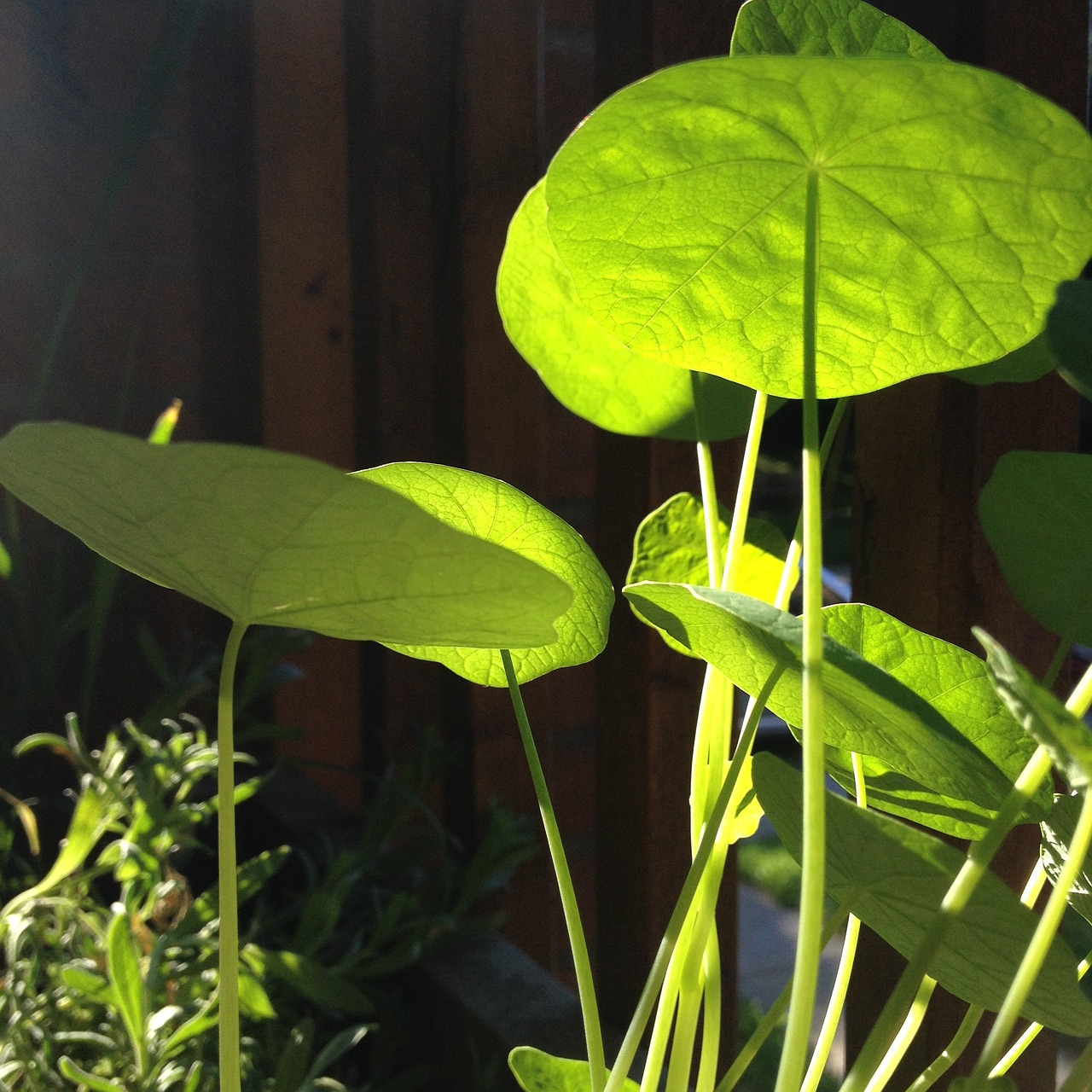3 Wild Cresses to add to your Back Country Salads and Cooking


We have quite a few foraging articles on Outdoor Revival, and we’re often encouraging you to learn about foraging as part of your emergency planning and general outdoor knowledge.
It is always a good idea to learn about which plants are edible in the wild, particularly in the areas that you spend your time in. You can add these plants to your salad or cooked meals while on a hike, they will add to the variety and nutrition of your meal.
It’s really not long until we’re into springtime which is the best time to find plants such as wild cresses. These cresses are part of the mustard family, some of which have nice strong flavors.
Wintercress, watercress and Pensylvania bittercress can be found in places you may pass on your hike, so it’s a good idea to have a plant identification book or app and keep your eyes peeled.
All over North America, there is the chance you will find small patches of Watercress in clear streams. In early spring they are small and tasty, later in the summer, they will be about a foot tall.
The leaves should be washed well before you use them in a salad, as the water could be contaminated in some way. You should probably treat all water with caution and wash the leaves well in clean water. Watercress greens also make a delicious soup.
Pennsylvania bittercress (Cardamine pensylvanica) is a plant which grows on dry land in the East of the country. It is a small plant and, even its name confuses people because the plant itself is not at all bitter.
The leaves make a very good base for a salad and can be eaten either cooked or raw. Sadly, this is a short lived plant, and you need to find and eat this in April, as the summer moves on the plant gets overrun by other plant growths and grass.
Wintercress has a much more bitter taste. Other names for the same plant are Creasy Greens or Yellow Rocket. It is found mostly to the East of the country and has shiny dark green leaves. As with many things, they are delicious fried in bacon fat!
This particular variety of cress can grow up to three feet tall. The buds can be used in salads or just as a snack. The plant is in fact related to broccoli and has a similar appearance. The bitterness of the leaves prevents its use as a salad vegetable most of the time. Cooking with oil improves the taste making it quite edible and very nutritious.
If you have any comments then please drop us a message on our Outdoor Revival Facebook page
If you have a good story to tell or blog let us know about it on our FB page, we’re also happy for article or review submissions, we’d love to hear from you.
We live in a beautiful world, get out there and enjoy it.
Outdoor Revival – Reconnecting us all with the Outdoor
Recent Posts
Ten Of The Most Stunning Waterfalls On Earth
Few sites in nature inspire more awe and wonder than waterfalls. As a result, these…
Nine Terrifying Birds That Look Just Like The Dinosaurs They’re Descended From
For a large number of animals, it's clear they descended from dinosaurs - think of…
There’s a Tree in California That’s So Special, You Could Go to Jail For Visiting It
Located deep in the heart of Redwood National and State Parks (RNSP) is the world's…
10 Unique Dive Spots From All Over The World
Considering that the Earth is covered by more than 70% water there are plenty of…
Steer Clear Of The 8 Most Dangerous Airports in the World
Most major airports are tucked away far from the main thoroughfares of cities, meaning tourists…
These Underwater Photos Will Make You Want To Never Swim In the Ocean Again
Imagine swimming through the ocean, having a relaxing float in a creek or adventuring in…